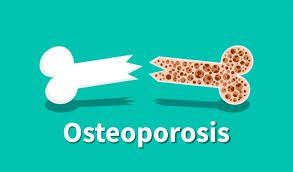Can exercise help prevent or improve a diagnosis of Osteoporosis?
Osteoporosis is a health condition that weakens bones, making them fragile and more likely to break. It develops slowly over several years and is often only diagnosed when a fall or sudden impact causes a bone to break (fracture).
The most common injuries in people with osteoporosis are:
- broken wrist
- broken hip
- broken spinal bones (vertebrae)
However, breaks can also happen in other bones, such as in the arm or pelvis. Sometimes a cough or sneeze can cause a broken rib or the partial collapse of one of the bones of the spine.
Osteoporosis is not usually painful until a bone is broken, but broken bones in the spine are a common cause of long-term pain.
Although a broken bone is often the first sign of osteoporosis, some older people develop the characteristic stooped (bent forward) posture. It happens when the bones in the spine have broken, making it difficult to support the weight of the body.
Bone loss before osteoporosis (osteopenia)
The stage before osteoporosis is called osteopenia. This is when a bone density scan shows you have lower bone density than the average for your age, but not low enough to be classed as osteoporosis. Osteopenia does not always lead to osteoporosis. It depends on many factors. If you have osteopenia, there are steps you can take to keep your bones healthy and reduce your risk of developing osteoporosis. Your doctor may also prescribe one of the bone-strengthening treatments that are given to people with osteoporosis, depending on how weak your bones are and your risk of breaking a bone.
Who's affected by osteoporosis?
Osteoporosis affects over 3 million people in the UK. More than 500,000 people receive hospital treatment for fragility fractures (bones that break after falling from standing height or less) every year as a result of osteoporosis.
Causes of osteoporosis
Losing bone is a normal part of ageing, but some people lose bone much faster than normal. This can lead to osteoporosis and an increased risk of broken bones. Women also lose bone rapidly in the first few years after the menopause. Women are more at risk of osteoporosis than men, particularly if the menopause begins early (before the age of 45) or they've had their ovaries removed.
However osteoporosis can also affect men, younger women and children.
Many other factors can also increase the risk of developing osteoporosis, including:
- taking high-dose steroid tablets for more than 3 months
- other medical conditions – such as inflammatory conditions, hormone-related conditions, or malabsorption problems
- a family history of osteoporosis – particularly a hip fracture in a parent
- long-term use of certain medicines that can affect bone strength or hormone levels, such as anti-oestrogen tablets that many women take after breast cancer
- having or having had an eating disorder such as anorexia or bulimia
- having a low body mass index (BMI)
- not exercising regularly
- heavy drinking and smoking
Read more about the causes of osteoporosis.
Your genes are responsible for determining your height and the strength of your skeleton, but lifestyle factors such as diet and exercise influence how healthy your bones are.
Regular exercise
Regular exercise is essential. Adults aged 19 to 64 should do at least 2 hours and 30 minutes of moderate-intensity aerobic activity, such as cycling or fast walking, every week.
Weight-bearing exercise and resistance exercise are particularly important for improving bone density and helping to prevent osteoporosis.
As well as aerobic exercise, adults aged 19 to 64 should also do muscle-strengthening activities on 2 or more days a week by working all the major muscle groups, including the legs, hips, back, abdomen, chest, arms and shoulders.
If you've been diagnosed with osteoporosis, it's a good idea to talk to your GP or health specialist before starting a new exercise programme to make sure it's right for you.
Weight-bearing exercises
Weight-bearing exercises are exercises where your feet and legs support your weight.
High-impact weight-bearing exercises, such as running, skipping, dancing, aerobics, and even jumping up and down on the spot, are all useful ways to strengthen your muscles, ligaments and joints.
When exercising, wear footwear that provides your ankles and feet with adequate support, such as trainers or walking boots.
People over the age of 60 can also benefit from regular weight-bearing exercise. This can include brisk walking, keep-fit classes or a game of tennis. Swimming and cycling aren't weight-bearing exercises, however.
Resistance exercises
Resistance exercises use muscle strength, where the action of the tendons pulling on the bones boosts bone strength. Examples include press-ups, weightlifting or using weight equipment at a gym or an exercise class.
If you've recently joined a gym or have not been for a while, your gym will probably offer you an induction. This involves being shown how to use the equipment and having exercise techniques recommended to you.
Always ask an instructor for help if you're not sure how to use a piece of gym equipment or how to do a particular exercise.
This information, and more, can be read in full on the NHS website here.


